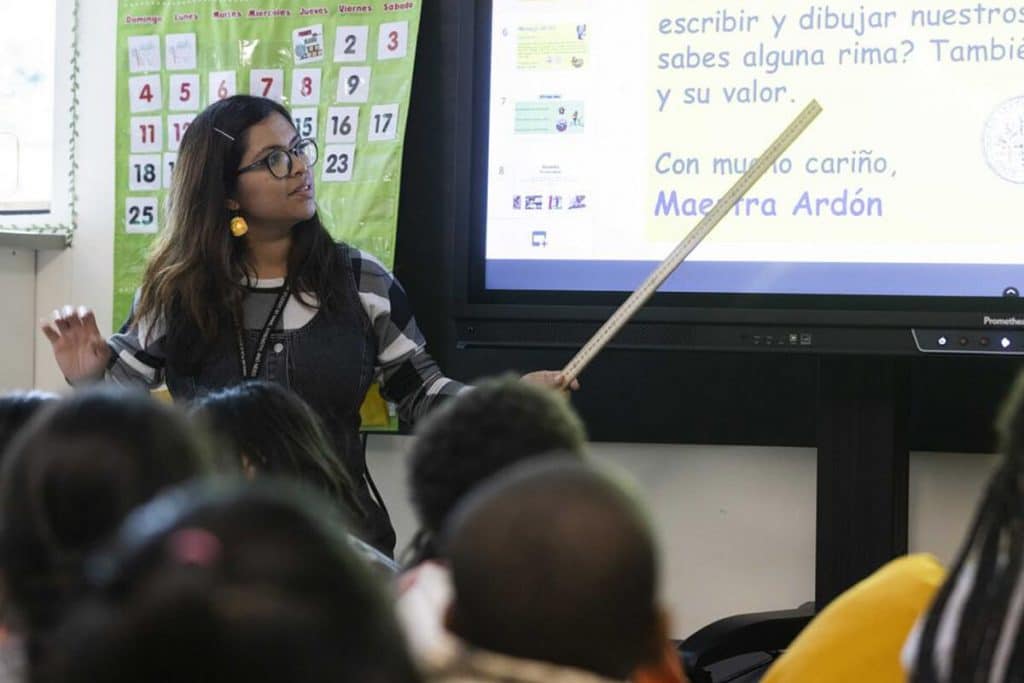As the price of higher education has become more and more expensive each year to the point that it has increased more than it was 20 years ago, many continue to look for ways to reduce the cost of their spending d education, with experts estimating that a student enrolling in 2022 will spend around $500,000 to get a bachelor’s degree and a lot Americans cannot afford this expense.
According to Education Data Initiative the average price of a college education United States is about $35,000 per student per year, which includes tuition, supplies and cost of living.
As this trend continues, many continue to look for ways to save money on their college education.
The 529 College Savings Plan
A 529 College Savings Plan allows an individual to save money in a tax-advantaged savings account, where the money grows tax-free.
This account also makes education-related expenses tax-exempt, such as payment for tuition, room, and board.
Family members and friends can contribute to a 529 plan, making the money grow.
Scholarships and grants are a way to save
Non-refundable financial aid is also available in the form of scholarships and grants.
During the 2019-2020 period, prospective university students received an average of $7,626, which covered about 25% of their expenses.
This financial aid is widely available and students should research which one is best for them and which ones they are eligible for.
Enroll in a work-study program
Federally funded work-study programs that provide part-time jobs to eligible students are available, with the money earned from these programs can cover tuition, books, fees, and any other related expenses.
The first step is to complete the free application process for Federal Student Aid or FAFSA and once your college awards the student financial aid, they will be able to apply for available work-study positions.
Payment plans are also an option
Payment plans are often offered by colleges and universities so that students can spread tuition and fees over the semester or academic year.
They usually have a small down payment and monthly payments which are more suitable for a low income student, but interest is usually charged on the balance of the aid so it is imperative to know all the information before enrolling.
